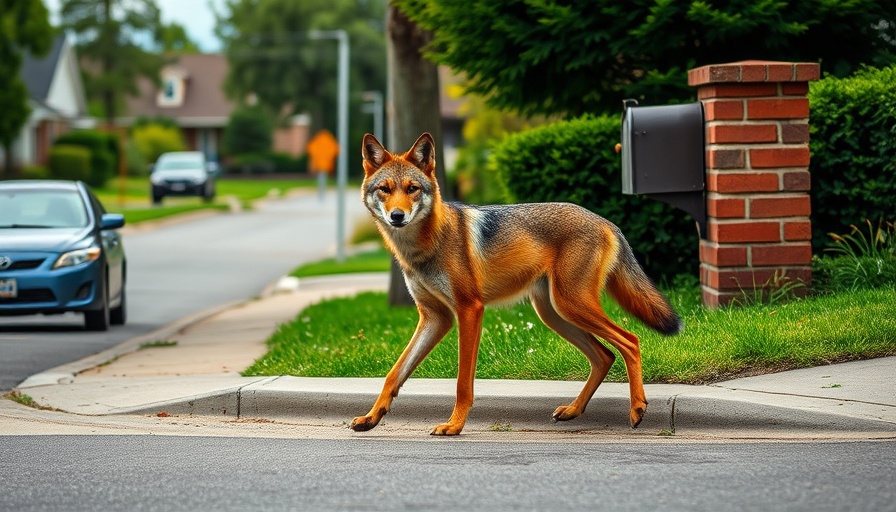
Reimagining Coyote Management in California: A Timely Opportunity
The management of coyotes in California has reached a crossroads. For decades, the approach has been characterized by a cycle of ineffective extermination. The prevalent strategy of indiscriminate killing has not only failed to reduce coyote populations but has often exacerbated conflicts between humans and these adaptable creatures. This enduring cycle of misguided policy can be likened to the famous saying: insanity is doing the same thing over and over while expecting different results.
Understanding the Impact of Current Coyote Management Strategies
Current coyote management strategies across the U.S. involve taxpayer-funded extermination programs that are archaic and shortsighted. Research suggests that intense persecution of coyotes does not mitigate conflicts. In fact, it can lead to an increase in coyote reproduction and encourage inexperienced juvenile coyotes to venture into urban areas in search of food.
According to wildlife experts, alternative methods, such as using hazing techniques, implementing livestock fencing, and ensuring proper waste disposal, have proven far more successful in minimizing human-coyote encounters. These non-lethal strategies not only respect the ecological role of coyotes but also promote a more harmonious existence between wildlife and humans.
Science Supports New Approaches
The California Wildlife Resources Committee is poised to propose critical changes to these outdated methods. Embracing innovative approaches to coyote management could potentially lead to better outcomes for both wildlife and local communities. Experts advocate for strategies that focus on coexistence rather than eradication, fostering a deeper understanding of the ecological importance of coyotes and their role in managing prey populations.
By limiting coyote killings and embracing non-lethal deterrents, California could set a precedent for wildlife management practices nationwide. The state's recent awareness campaigns highlight community education on the importance of securing garbage and supervising pets. These educational initiatives aim to mitigate conflicts and foster a symbiotic relationship with unique wildlife.
The Public's Role in Shaping Wildlife Policy
The impending vote by the Wildlife Resources Committee offers a crucial opportunity for Californian residents to influence wildlife management practices positively. The public has a pivotal role to play in voicing support for more humane and effective strategies. Advocacy for policies that prioritize non-lethal methods allows citizens to engage actively with their local environment, ensuring that a balance between urban development and wildlife preservation is maintained.
Looking Ahead: Future Trends in Wildlife Management
As California steps into a new era of wildlife management, the potential shift towards coexistence with coyotes reflects broader trends in environmental conservation. The growing recognition of the significance of maintaining biodiversity is reshaping wildlife policies across the country. This change not only stands to benefit coyote populations but could also guide future management practices for other species facing similar challenges.
Innovative technology, such as remote monitoring and community reporting systems, can further bolster efforts in managing coyote populations and human-wildlife interactions. Integrating these advancements into wildlife management could enhance our understanding of coyote behavior and movements while minimizing conflicts with urban populations.
Write to Your Legislators: Make a Difference in Wildlife Policy
Now is the time for citizens to make their voices heard. Encouraging policymakers to adopt non-lethal coyote management measures is essential for fostering community safety and ecological balance. Each individual has the power to advocate for change by communicating with legislators about the necessity of adopting humane practices in wildlife management.
As these discussions unfold, let’s aim for a society that values compassionate coexistence with wildlife, recognizing that their survival is intertwined with our own. It is not just about protecting coyotes; it’s about embracing a visionary approach that ensures a healthy and balanced ecosystem.
 Add Row
Add Row  Add
Add 




Write A Comment